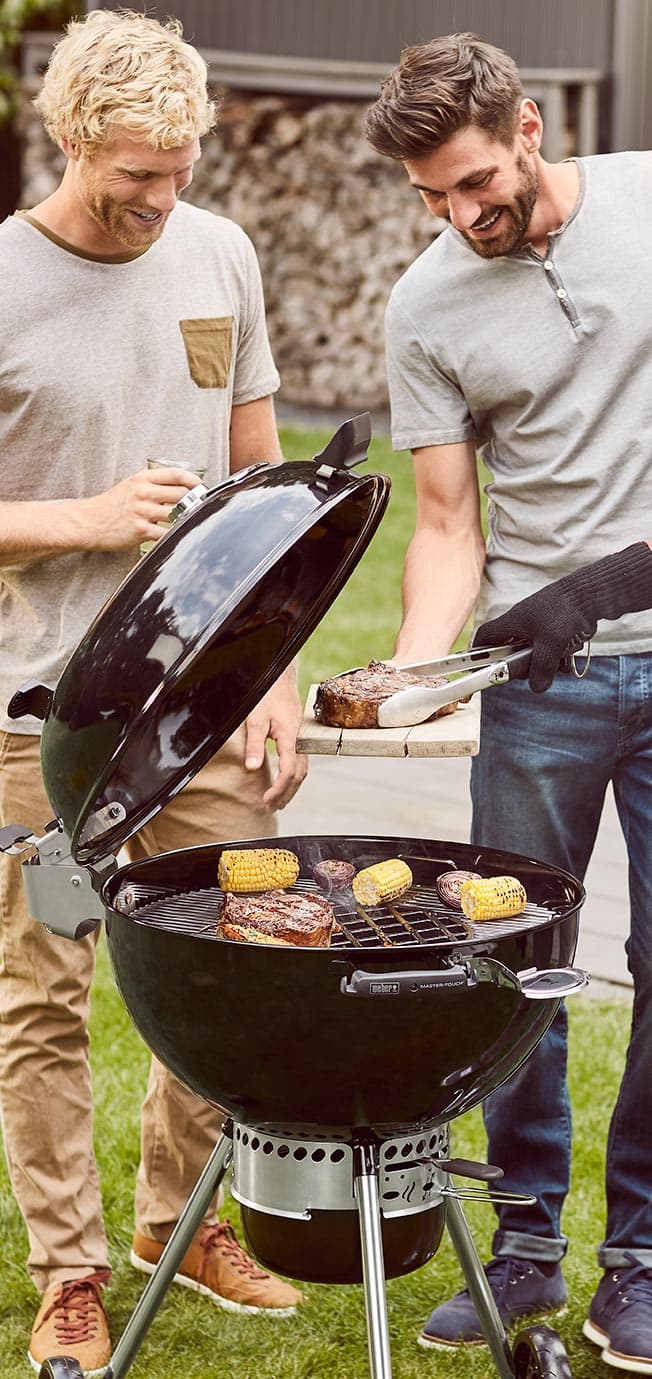
Do I choose plants in a pot, root ball or bare root?
Plants are usually offered bare root, pot or (wire) root ball. But which is the best choice? The answer to this question depends on various factors. Below you will find an overview of the advantages and disadvantages of each type. This way, you can decide for yourself which variety is best for you!
Planting in bare roots (= most economical choice)
Most deciduous shrubs, hedges and trees are offered bare-root.
Advantages:
➕
Price: Bare-root plants or trees are always cheaper than those in pots or root balls. This is because they are grown in the open ground (and therefore need less fertiliser), and because they take up less space and weight during transport to the customer. With trees, the price difference is relatively small. With hedge plants, on the other hand, the price for bare roots can easily be 3 to 10 times cheaper than their equivalent in pots.
➕
Stronger plant: Because the plants or trees are grown in full soil, the rooting or root mass is better. The plant will grow stronger and fuller than a similar plant in a pot.
➕
Easy: Planting is faster and easier, especially with trees, as they weigh much less.
Disadvantages:
➖
Short planting period: The planting period is limited, usually from November to March. Planting is only possible when the garden is at rest. This means that you can start working from the fall of the leaves in autumn until the first buds reopen in spring.
➖
Drying out: Bare roots are more sensitive and can be damaged more easily, especially by drying out, than plants in pots. To avoid this, it is important to keep the time between digging up and replanting as short as possible. Protect the plants also in the meantime by putting the roots in a (jute) bag or sleeve.
! Caution ! A common mistake is that people drive to the nursery to pick up freshly dug up plants in an open trailer. Because the wind can touch the bare roots, they can dry out completely in a few minutes and be damaged beyond repair. So always shield the plants during transport!

Tip from Marcel
• Always buy 10% extra hedge plants in bare root and drive them in. You do this by putting the plants in a container with sand. That way their roots are protected. If a few plants die, you can use them the following year to fill the empty spaces.
• Water sufficiently in dry weather in the months after planting.
Plants in root ball (= most qualitative choice)
Plants with wire root ball have a fine net around their roots. These plants can be put in the ground with the wire root ball. This keeps the roots nice and close together. The jute gauze and wire netting will decompose under the soil by themselves.
Advantages:
➕
Stronger roots: Bare-root plants come out of the soil just like their bare-root counterparts. So the root mass is better than that of pot plants.
➕
More protection: Because the roots are protected by the root ball (with surrounding jute and/or wire basket), they are less likely to be damaged during transport and to dry out.
Disadvantages:
➖
Weight/handling: The bigger the plant, the bigger and heavier the root ball. Are you buying larger plants or trees? Then you will not be able to move them on your own, but will need help.
➖
Price: Due to the high weight and volume, transport costs rise very quickly.
➖
Planting period: Plants or trees with root ball are not available all year round. However, you can stretch the planting period by one month compared to bare-root plants.

Tip from Marcel
Buy plants or trees with a root ball, especially if they are solitary or more expensive/larger specimens. The additional cost compared to bare root is well worth it.
Plants in pots (= most stock)
Advantages:
➕
Planting time
: You can plant these plants all year round, except during severe frost periods.
➕
Weight:
Usually, potted plants are less heavy than their counterparts in root ball form. So these plants are easy to move, and the roots are well protected by the pot.
Disadvantages:
➖
Smaller root mass: The plant may have been in a pot for a long time, as a result of which the rooting and root mass is smaller than with plants grown in full soil.
➖
Quality:
Potted plants must be fertilised regularly. Non-quality growers sometimes leave this to be desired, which results in less beautiful plants. Because of this, you can sometimes find these plants much cheaper with certain growers.
Any more planting tips? 👇
More info? Receive all our gardening tips directly in your mailbox!
We'll only email you handy facts, green advice and our best promotions & discounts. You'll receive it about once a week and you can unsubscribe at any time. No spam, promise 🤞













